Willie Nelson has played the same Martin N-20 nylon-string acoustic guitar since 1969. Serial number 242830. The instrument is an eternal flame of creative freedom, one of a kind and beautiful — just like Willie.
A more mainstream musician might insist no true professional should ever lower themselves to pick at those strings. You’ll find no technical or acoustic benefits flowing from a 50-year-old guitar with a giant hole worn in the belly.
None of that matters to Mr. Nelson. He keeps his old guitar because there’s just nothing that sounds quite like Trigger. It’s been much the same for Ishmael and me over these past three years.
I didn’t start shooting with the Fujifilm X-Pro 1 because I wanted the latest and greatest camera body. I didn’t choose to fall in love with a camera released over a decade ago.
It all started because I was seeking out the right tool for an immensely particular job. Once I had the X-Pro 1 in hand, suddenly everything that I had read and heard about this unassuming shooter made perfect sense.
I got it. I understood. Like Willie and Trigger, I’ll stay with Ishmael till the end.
But why?
I am a professional photographer. Yes, I am compensated (usually with money) for all my photography shenanigans. I’m even considered an authority on the craft within certain circles of high breeding.
I’ve shot everything. For years my primary digital bodies consisted of full frame Sony mirrorless cameras. My backups were a successive line of Canon DSLR full and cropped sensor bodies.
I’ve tested every single medium format mirrorless digital camera system Hasselblad has ever produced, plus five of their exquisite XCD lenses. I’ve reviewed 34 total lenses from Tamron, Sigma, and Rokinon. GoPro insists on keeping me around as a sponsored athlete no matter how unathletic my frame becomes.
After all this, I sit here contented at the end of my own little photographic rainbow with my X-Pro 1. Who could have predicted this unassuming, outdated, battle-worn 16-megapixel camera would end up being my very own pot of gold?
Fight Me
The Fujifilm X-Pro 1 mated with the Fujinon 35mm F/1.4 R Super EBC is my all-time favorite, end all be all, final death row digital camera setup. Period.
Go ahead. Fight me. I will die on this hill. I’m far from the only poor soul to stake their lives on the merits of the X-Pro 1 (or the X-M1/X-E1 for that matter).
Yet, for every Fujifilm evangelist, there is a non-believer. For each person standing unshakably sure of the Fujifilm platform, there is another equally convinced the belief is nothing more than self-induced delusion, tunnel vision, or brand fanaticism.
Any number of articles and videos float around the internet landing on both sides of the fence when it comes to these early Fujifilm cameras and their first gen X-Trans digital sensors.
You can find an interesting breakdown of this subject right here on Fstoppers.
The relationship I have with my Fujifilm X-Pro 1 is personal. I share the same sentiments many others carry about the color output and sheer usability of this camera. However, the love I have for my Fuji runs deeper than “on-paper” numbers.
The performance of the X-Pro 1 has been nothing short of magic in my opinion. Let me show you the high points on why, at least for me, there’s just nothing that makes photographs quite like Ishmael.
The X-Trans Sensor
Here it comes.
Talking about the difference between Fuji X-Trans sensors is the photographic equivalent of sitting in a tub of gasoline striking matches. Nevertheless, there has been enough investigation and enough debate to warrant its mention at least one more time.
As many of you likely know, Fujifilm released the first camera sporting the newly developed X-Trans sensor in March of 2012. It just so happened to be housed within the X-Pro 1.

X-Trans sensors differed from the much more common “Bayer filter array” CMOS (and earlier CCD) sensors found in virtually all digital cameras at the time.
If you happen to have absolutely no idea about Fujifilm APS-C digital sensors, the distilled version is that X-Trans sensors are built with a differing array of photosites.
The red, blue, and green sensitive areas are arranged differently and in differing proportions. X-Trans sensors have larger green-sensitive photosites and forgo optical low-pass filters, often called “anti-aliasing” (AA) filters.
According to Fuji, the X-Trans array purportedly negates the need for an AA filter, thereby increasing overall perceived resolution and enriching color fidelity.
Not including an AA filter has its downsides, namely increased moire and false color artifacts. Select photographers also claim X-Trans sensors (especially first generation) give a “waxy” skin effect in portraiture when implementing high ISO.
Leaving out the AA filters is absolutely not a new feature for digital camera sensors. Cameras like the Sony a7R series and Canon 5DsR also skip the AA filter inclusion.
Since AA filters essentially “smooth over” the image produced by the sensor, eliminating them, at least in theory, should offer the maximum image quality possible.
Fujifilm claims that due to the X-Trans array, lack of AA filter, proprietary color algorithms, and from what I’ve gathered a small dose of magic glitter, their APS-C sensors swing on par with full frame in terms of perceived resolution, digital noise, and color reproduction.
Naturally, any claims made as to the real differences between the X-Trans sensor and others on the market (even other X-Trans) is wholly subjective.
Some photographers maintain that images produced by that first generation X-Trans sensor just have a flavor all their own and I am inclined to agree. There seems to be equal evidence both supporting and debunking this assessment. How fun.
Optical Hybrid Viewfinder
You see this little switch? This one right here on the front of the X-Pro 1? It’s the real reason I decided to buy this camera above all else. It’s the optical viewfinder selector.
That’s right, this digital camera has a true optical viewfinder. Well, perhaps more accurately, a “hybrid” optical viewfinder. It's a viewfinder capable of switching back and forth between a fully electronic and optical display, as well as a sort of "tweener" combination of the two.
I’m about to give away my own personal proclivities here. I’m fairly used to rangefinder film cameras. I’ll put my Electro 35 GSN up against just about anything. If it was good enough for Spider-Man, it’s good enough for me.

Just like that gorgeous Yashica film camera, the Fujifilm X-Pro 1 features an optical viewfinder. While not a true rangefinder, it gives the feel of one.
The camera’s electronics overlay a basic selection of exposure settings along with a left-mounted meter EV readout. When viewed with a native X-mount lens, the photographer is greeted by additional framing and focusing guides

The ability to switch between an optical or electronic viewfinder, or LCD screen, all in the same camera still makes me feel warm and cozy inside.
If I’m feeling normal, I use the EVF or LCD. On days I feel like a true psychopath, I switch to the OVF and kill the LCD display for the “as close as you can get to film” experience.
As an added benefit, with all those screens switched off, the battery of the Fujifilm X-Pro 1 becomes nearly immortal.
Recently, Fuji has fully embraced the no-chimp concept with their X-Pro 3 camera (and likely the X-Pro 4) by incorporating a flip-screen LCD. This literally allows the shooter to pretend their digital camera has no rear screen option.
Insanely Pure JPEGs
There was a time when I shot only raw, nothing but raw files, no matter the camera nor the job nor the subject, my menu never left raw format. That all changed once I got the X-Pro 1.
Colors dictated by Fuji’s so-called “color science” are flabbergastingly gorgeous. Whatever those early color algorithms figured out still rings true, at least in my opinion.
The X-Pro 1 features a sparse menu system when compared to its successor models.
As simple as the options might appear, those baked-in film recipes for which Fuji is so famous offer more than enough punch to serve up a lifetime of creative possibilities.
Customizable highlight and shadow tones, color and sharpness options along with noise level adjustments deliver an enormous degree of creative JPEG seasoning.
All this is built around Fujifilm film stock simulation baselines which, you guessed it, just feels like home to this old film guy. In fact, I eventually felt so at home that I now shoot only JPEG with the X-Pro 1.
Before Ishmael, I would have scoffed at the very notion of never shooting raw, especially for my landscape work.
I simply don’t need to shoot raw with my Fuji. Even the SOOC JPEG files from the X-Pro 1 are extremely close to a finished product as soon as they are written to the card. This is largely due to the wide range of in-camera image settings which give me mostly what I want prior to post-processing.
Once those custom settings are saved, they’re saved. I know exactly what I’m getting each and every time.
Vast Lens Options
The postscript on this letter of love for Fujifilm is a trait shared by many mirrorless digital cameras today. Like any digital camera lacking an SLR mirror box, the X-Pro 1 is capable of exploiting a near-infinite range of both vintage and modern lenses.
With a focal flange distance of just 17.7 mm, the X-Pro 1 allows virtually any DSLR, SLR, or rangefinder lens to be mounted by means of an appropriate adapter. Fujifilm loves vintage glass in M39 and M42 screw mount as well as, dare I say it, even Leica L-mount.
The lens which originally came with my X-Pro 1 was a gorgeously creamy (and radioactive) Yashinon 50mm F/1.4 DS-M.
By no means does this imply that native Fujifilm XF lenses aren’t beautiful in their own right. I do indeed shoot modern(ish) Fuji glass as well.
Currently holding its place in my heart as the “always on” lens for the X-Pro 1 is the Fujinon 35mm F/1.4 R Super EBC.
The 35mm F/1.4 R Super EBC is at home in almost any room. I use it for, well, everything. It’s a near perfect prime and sings in low light with just the right mix of contrast and sharpness.

Fujinon lenses sport notoriously robust build quality and carry a price tag to match. However, there are certainly more expensive lenses out there. I’ll go on record to say any investment made towards native Fujifilm lenses will be well worth the initial sting.
A Beautifully Useless Gesture
For all my passionate love for Ishmael and other “digitally antiquated” Fujifilm cameras, it’s important to recognize one inescapable truth: this is all meaningless.
The questions posed about the real benefits of the first gen X-Trans sensor will remain forever contentious. By our very nature, photographers are steeped in subjective opinion and none of us truly share the same perspective, nor should we.
Some cameras embed themselves into our very souls like splinters. Once they’re in deep, it’s hard to get them out again. They say the best camera is the one you have on you. I say the best camera is the one you want to use. I say the best camera is the one that makes you love to take pictures.
I don’t play guitar, but I sure know how Willie feels about Trigger. If we’re being honest, I think most photographers do as well. Over a long enough timeline, hopefully we’ll all stumble across at least one camera that allows us to sing with our true voice.
That camera can be anything, any brand, any age, any model. Today, for me, it’s Ishmael—the Fujifilm X-Pro 1.
What’s yours?
See some photos and learn more about Willie Nelson’s ancient guitar in Texas Monthly Magazine.









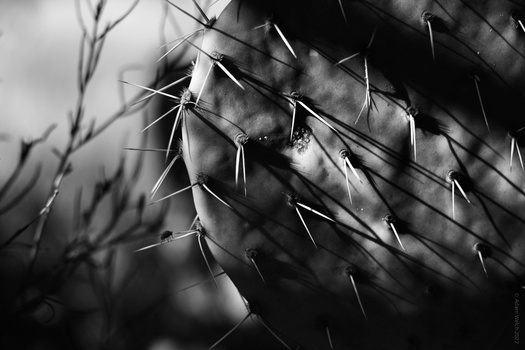
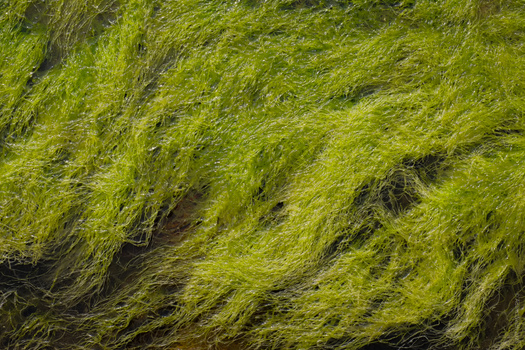
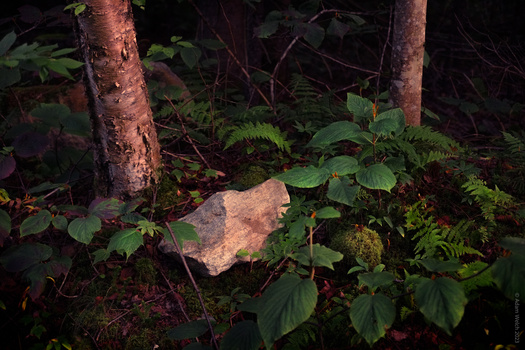


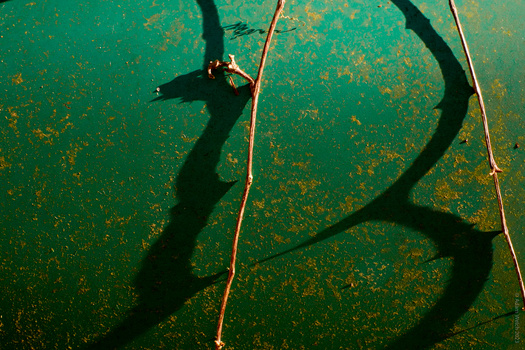
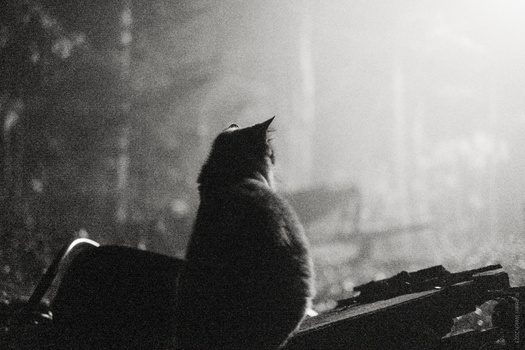
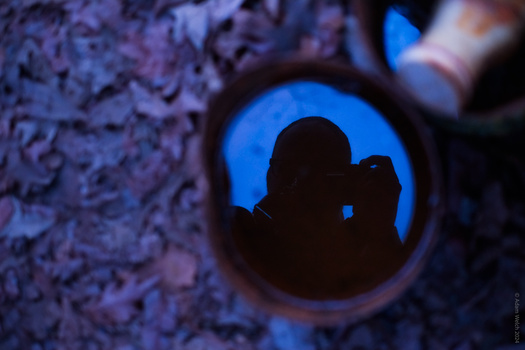

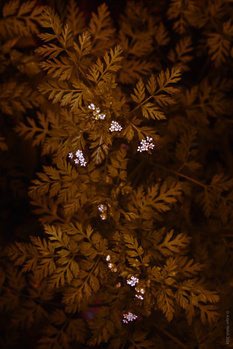


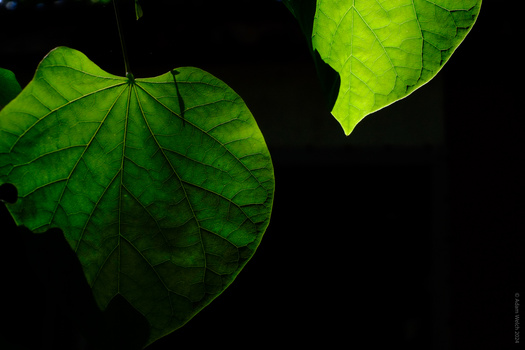



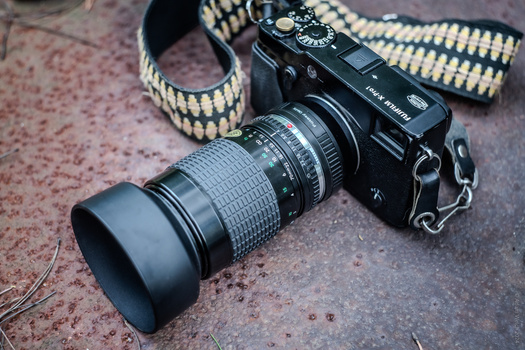










I switched from nikon about a year.And a 1/2 ago and why?I don't own this particular fuji camera I can totally relate. They have soul and a beautiful feeling in your hands, but also producing great images and images that look different. They make photography fun again.
Absolutely with this! I recall being excited at the release of the Xpro1...and having "played" with one when it was released, decided it was "the camera" for me! Actually still haven't purchased..and now we are Xpro3?
Tough, beautiful, simple and I'm sure the optics are the usual superb Fuji standard...
And "No"...I would never choose a Leica over it...I'm not interested in male jewellery and all the talk about "hand built" lenses does not appeal at their absurd price point...
And I'll guarantee any minute difference (apart from £1,000's) between the optics will be more than compensated for with current AI software packages which certainly work seeking out the finest details and "enhancing" them.
As I progress in years, and retired now...45 years pro, and owner of 10 cameras, digital, 35mm, 66/67/69...I can see myself selling up and purchasing an Xpro...and living my final years out, happily ever after!!
I switched to fuji from nikon 2 yesrs ago. Whats happened?. Significant increase in print sales, calendars and work. I did nothing different but switched to fuji ...less edting required also. I will die on Mt Fuji also.
People bang on about autofocus...lol go shoot sports with a film camera! Then talk to me about it.
Fuji are fun also..they slow you down too. They make you pause before you shoot and my composition imporved as result.
The last point I'll make abouy Fujifilm fan boy ism....is the community is amazing ...every Fujifilm user I have met and talked to loves to create and talk about what they do.
Fujifilm shooters are artistic.
Cameras XT5, X-A1 GFX 50s ii GFX100S II ...coming next X100Vi
I will die on Mt Fuji too
I have an original fuji xpro-1 + 35mmf1.4 that i bought in april 2012. I've rarely used it because I prefer the smaller xe1,4 lines. Its just sitting there on the shelf and eveyting still works. I don't know whether to sell it, or let the price rise and give it to my children as an expensive collectors item. The images that come out of that camera are amazingly beautiful.
Hi Adam, I entirely share your thoughts about Pro 1 (I have 6...) and I cannot explain what this camera has that's like a magic spell... Also carry out many times my XE3... Ans I have a X-H1, X-H2, X-H2s, X-Pro 2, X-Pro 3 (x3), X-T4, X-T5, X100F, X100V, and as I said X-Pro 1 (x6) - I just admire this Fuji works of Art... And I spend my time photographing - not on PS or LR - I have RADIANT.COM and in few seconds - thats all - Jpegs coming out of Fuji's are perfect! Point. Much apreciate your work - keep on!!! And keep sharing your true thoughts!!!